Child’s Play
Stress. Obesity. ADHD. If you or someone you know isn’t affected by any or all of these … actually, let’s face it, you are and you do know someone who is. America has become the poster child for a lot of unfortunate health problems. Would it be brash for me to say we provide the best medicine? And by we, I mean you and your garden centers.
Maybe that’s a little extreme. You do, however, sell solutions to restore some of the unhealthy routines society has fallen into. In January, at the Mid Am trade show here in Chicago, Andrea Faber Taylor, PhD, Landscape and Human Health Laboratory, University of Illinois, Urbana-Champaign, spoke to attendees about strengthening children’s connection to nature.
The presentation, backed by years of research, showed the undeniable health benefits children receive when they have regular access to greenspace.
Nicety or Necessity?
I recently caught up with Andrea over the phone to talk a little more about her interest in this very topic and what part garden centers can play.
“Sometimes when I give that presentation, I’ll get feedback like, ‘So what, we already know that nature is good for you.'” And to that, she responds, “Okay then, what are you doing about it?” The truth of the matter is, research moves people to action, or at least to consideration.
“Research works,” she says. “Cite research studies in signage, marketing material around the store. Research compels the general public. If you can tell someone something is good for them and then specifically cite the research that backs it up, it carries a little more weight.”
Results from her research affirmed things, like that a 20-minute walk in the park improved a child’s attention span, improved irritability and controlled impulses. Also, children who frequently played in greenspaces (versus those who didn’t) developed deeper forms of creative play.
“Developmental psychologists will tell you that type of play is very critical for child development,” she says. “Nature aids in them taking things to a deeper level, beyond functional play, building a story.”
Simply put, Andrea says, wherever there are abundant and accessible greenspaces, there are healthy functioning children. At your garden center, children might not be a demographic on your radar (yet). But their parents are. Andrea asks, “Are we encouraging parents to lead by example?” Well, are you?
What message is being sent when a parent tells their kids to stop sitting in front of the TV and go outside…and once they do, the parent plops down on the couch in front of that same TV? Inside and out, homes are supposed to be a haven, a place of recovery from the stresses of life. Genuinely reach out to your customers this spring by going beyond solely aesthetic and curb appeal sales pitches. Use research to show them you’re perfectly positioned to get their families’ lives on a healthier track.








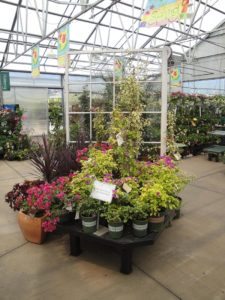
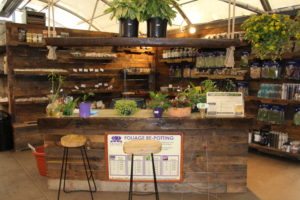
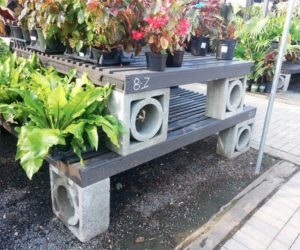

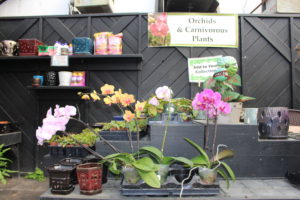


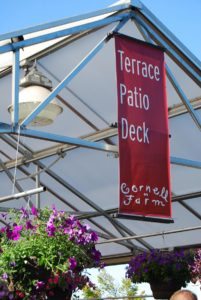

 Videos
Videos





